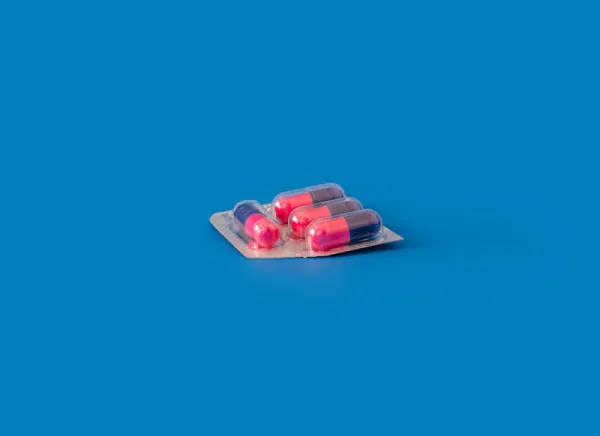Life before GLP1s: Topiramate
Wondering what the world was doing before GLP1s? We discuss Topiramate, a popular appetite suppressant.

The GLP1 revolution seems to be in full swing. Drugs like Ozempic, Wegovy, Mounjaro, Zepbound and others make news every day, and people can't get enough of them. The phrase "GLP1 Receptor Agonist" has never been said more in history.
Check out our quick explainer
But what was life like before Ozempic and the other GLP1 Receptor Agonists?
Weight loss has had a lot of ineffective treatments – diets that don't work, and bad advice is everywhere. That said, there were clinically-approved solutions that did work before GLP1 – Topiramate is one of them.
What is Topiramate?

Topiramate is an seizure-reduction and anti-psychotic (mood stabilizing) drug that was originally discovered in 1979 by McNeil Pharmaceuticals.

Want to learn more about Topiramate, TOPAMAX and Qysmia? The rest of this article is no longer available for free – if you'd like to read the rest of our analysis, check us out on Substack:





